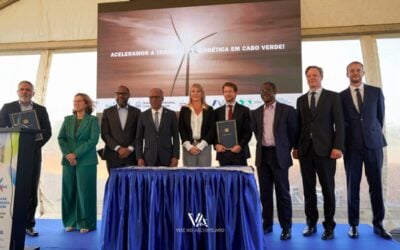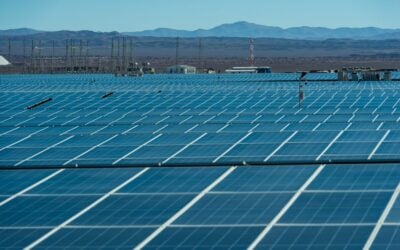
Australian stock exchange-listed flow battery manufacturer Redflow has scored a second order for its devices from the Rural Connectivity Group (RCG), a New Zealand-based telecommunications company.
Energy-Storage.news reported in November last year that RCG had picked Redflow, which makes zinc-bromine electrolyte-based flow batteries, to supply an initial order of eight batteries to be paired with solar panels and backed up with generators at some of RCG’s sites.
RCG was set up by the New Zealand government as a critical infrastructure project in partnership with the country’s three main mobile phone network operators, aiming to help thousands of businesses and homes in remote areas get better access to mobile phone coverage and internet connectivity.
Redflow – and other flow battery providers – argue that their long duration energy storage technology is low maintenance and well suited to deployment in remote settings, while capable of being monitored and managed online. The company also has deals in place with mobile network operators in South Africa and Australia.
Try Premium for just $1
- Full premium access for the first month at only $1
- Converts to an annual rate after 30 days unless cancelled
- Cancel anytime during the trial period
Premium Benefits
- Expert industry analysis and interviews
- Digital access to PV Tech Power journal
- Exclusive event discounts
Or get the full Premium subscription right away
Or continue reading this article for free
Redflow batteries were installed last year at two RCG mobile towers. Today, Redflow emailed Energy-Storage.news to say that RCG has ordered a further 10 of the manufacturer’s ZBM2 zinc-bromine flow batteries which will be installed at two new off-grid telecom towers on New Zealand’s North Island by RCG installation partner Switchboard Services. The batteries are expected to be charged almost exclusively with solar energy, Redflow said, although there will be some reliance on the backup generators in winter months.
ZBM2 are scalable 10kWh units which the company said can achieve 100% daily depth of discharge use without degradation, while Redflow has previously stressed that its products are made using cheap and reusable materials such as plastic for the electrolyte tanks. Redflow claims they are expected to last 10 years in the field with minimal maintenance and are heat-tolerant – not degrading at temperatures up to 50ºC – while CEO Tim Harris also said the devices are “theft-resistant”.
“We are extremely pleased to continue to solidify our product positioning as an energy storage technology of choice in the telecommunications market for off-grid and weak grid environments,” Harris said.
Read a 2019 Energy-Storage.news Guest Blog from Redflow’s Ben Shepherd about a project the company undertook at a remote village in Thailand, combining zinc-bromine flow batteries with lithium-ion in a renewable microgrid.
Solar Media’s new Digital Summits series has been launched to provide critical market insights, intelligence and networking opportunities to maintain our industries’ momentum. Running throughout May and June, the Digital Summits will deliver the full live event experience to your own home.
Energy Storage Digital Series: 11-15 May. See here for more information on how to take part





